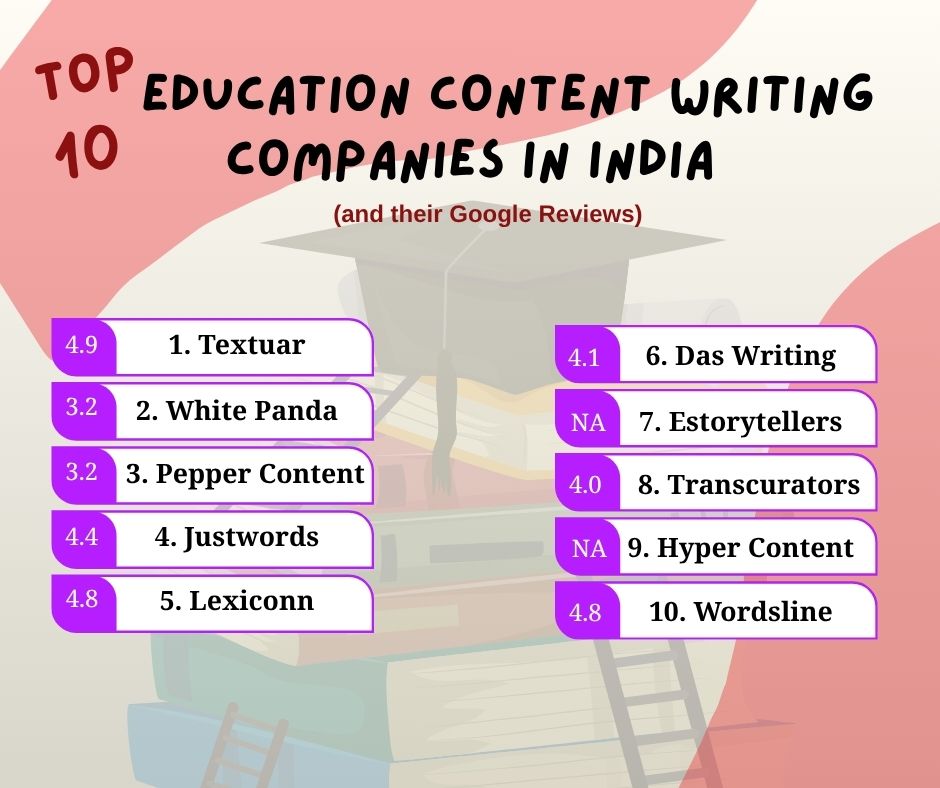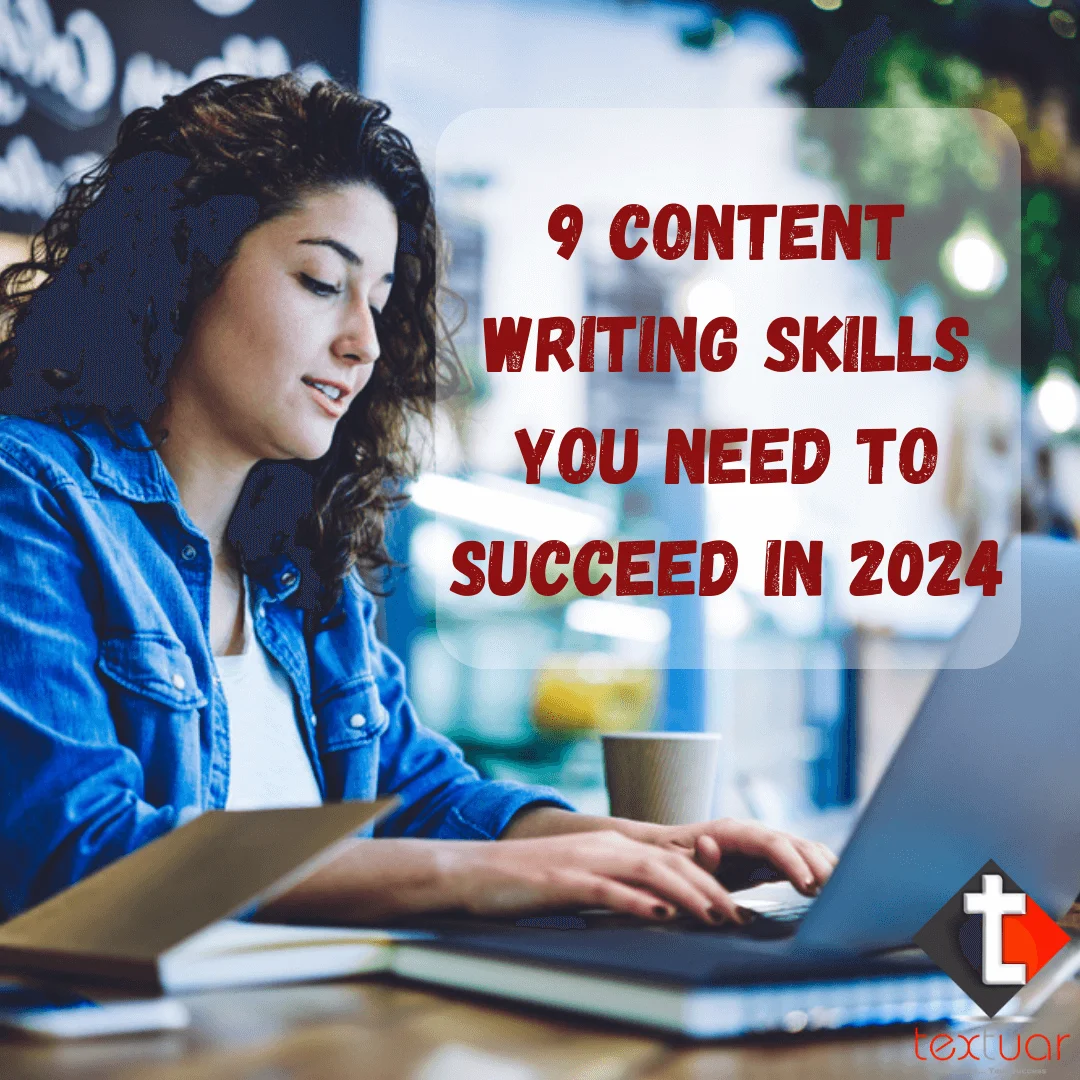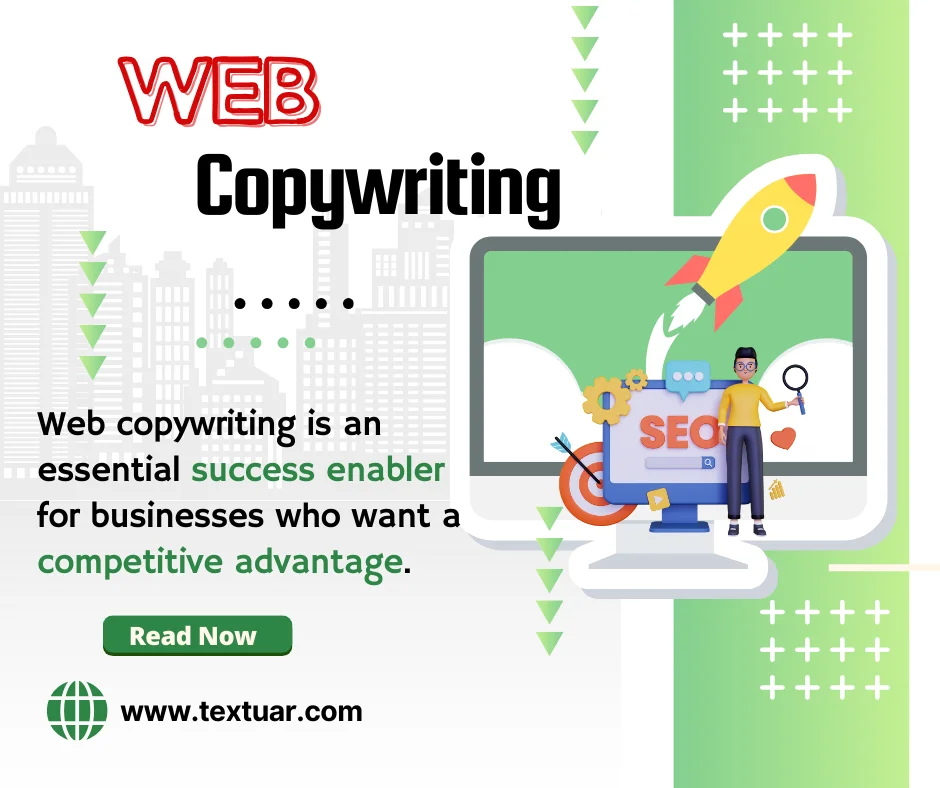When a candidate applies for a position, the company HR has no way to know your background, your work experience, or career highlights. This is why they rely on a professional resume or CV to assess your potential value to the vacancy you are applying for. This makes the resume your digital spokesperson to the world. Even experts agree that a good resume goes a long way in improving your chances at an open position.
It is natural that you would want the resume to be as polished as possible so that you get to create the right first impression and have a strong chance of landing the job you have dreamt of. A well-crafted professional resume ensures that it stands out from the pile of CVs sitting on the hiring manager’s desk.
How to polish the resume content?
Right from the layout to its content, there are many factors that make or break the perfect resume. Here are some tips on how to create a professional resume:
1 – Know the type of resume
Depending on your specific case, you can opt for either of the three types of resumes
- Chronological – For senior or more experienced candidates, a chronological resume will be a great fit. They provide a date-wise breakup of the positions worked in at different companies and the roles executed at each of them
- Functional –This type of resume is best for specialists in high demand. The resume highlights your skills and experience rather than a date-wise breakup of the job roles executed
- Targeted – This type of resume will need to be edited before sending it to particular employers. This type of CV is typically accompanied by a cover letter.

2 – Make it easy to read
A cluttered resume will be a strict no-no. Make it legible to read with a good font and sufficient whitespace (that acts as a breathing space). Popular fonts include Arial, Times New roman, and Calibri (I personally prefer the new Roboto font too). Any size between 10 and 12 will do for the font. Make sure to keep background as plain white and don’t go for fancy borders.
3 – Consistency is the key
All similar elements need to be consistently formatted so that you don’t have some text jutting out in prominence or having a weird appearance. So, if you have points in bullet, make sure to use the same bullet style everywhere. Also, refrain from using fancy bullets as it looks very amateur
4 – Heading matters
Professional resume writers stick to one or two most popular formats of displaying the heading. You need to ensure that you have the right mix of font style, size, color, and placement to make an impact from the first line itself. A handy tip would be to highlight your achievements in one line below your name. So if Peter Marsh wants to highlight his rich experience, and qualification then he can have an opening header something like this
Peter Marsh
18years experience as Chartered Financial Accountant | CFA (London) | Gold medalist (Math Olympiad)
101, West Avenue, Salisbury, 902021 |Cell – 4558527710 | p.marsh@torchmail.com

5 –Structure according to industry
For a creative business (advertising, media, graphic design etc.), it will be okay to go creative and use some fancy fonts and imagery to improve the captivating appeal of the resume. But if you are a senior person looking to apply for a position that has ESOPs and stock options then its best to go for a subtle layout with less noise in the background of the CV.
6 – Check before sending
It is crucial to check every single word, syllable, and sentence for context, relevance, and meaningfulness before hitting the ‘Send’ button. Here are some quick rules to follow when creating your resume.
To sign off
With these tips you can ensure that a resume is perfectly built to attract the attention of the HR team and help you secure the job that you have been looking for. Interested in getting professional expertise to get the job done? Then check out the resume writing services of an expert to deliver a professional resume that acts as a stepping stone to a rewarding career ahead.










